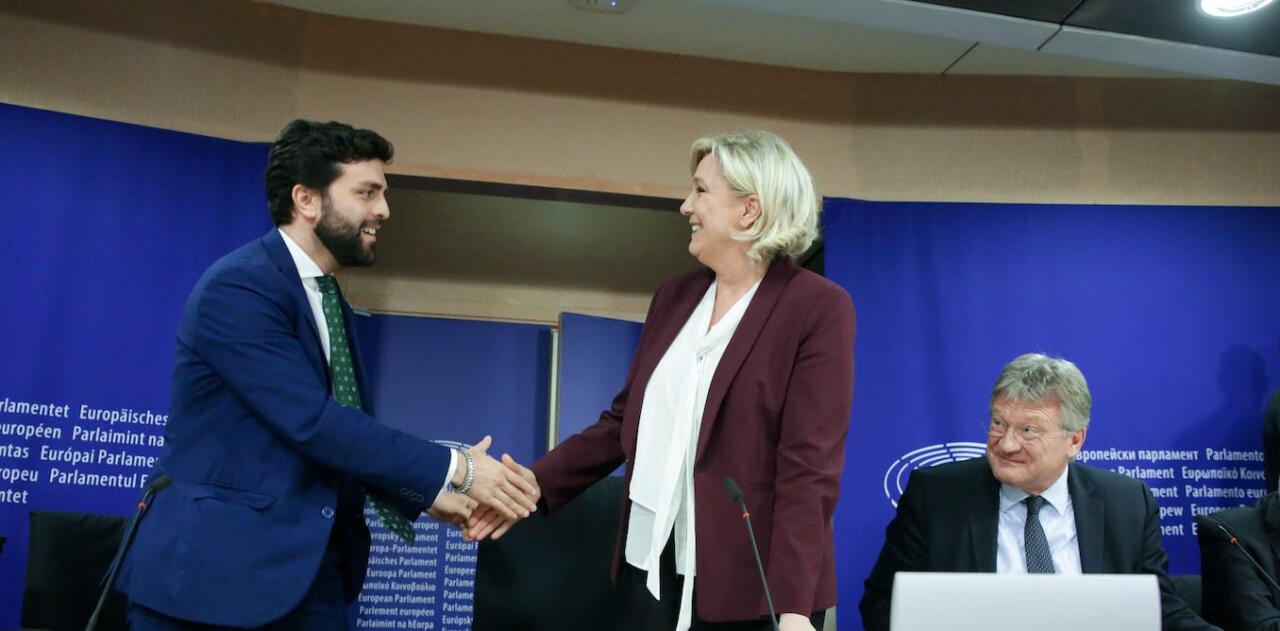Several countries in the European Union are currently governed by far-right political parties. In Hungary, Fidesz under Prime Minister Viktor Orbán has been progressively dismantling the country’s constitutional protections of the rule of law and democratic institutions. Poland under its ruling Law and Justice party has shown equally worrying trends. Most recently, Giorgia Meloni and the Brothers of Italy party just won the Italian general elections in September 2022 and have formed a governing coalition with Matteo Salvini’s far-right Lega and Silvio Berlusconi’s Forza Italia. In Sweden, the newly elected minority government depends on support from the far-right Sweden Democrats.
While far-right parties have been present in Europe for some time, liberal democratic parties still do not know how to respond to their presence.
The European Parliament is a suitable place to observe the dilemmas that arise for mainstream politicians regarding the far-right. Particularly when the latter are elected democratically to office and form part of a democratic institution such as a supranational parliament. As the only directly elected body of the European Union (EU), the European Parliament hosts 705 elected members from 206 national political parties. Most of them gather in different political groups according to similar ideologies. The far right spreads widely across different political groups, underlining the degree to which they have become part of the system.
Right at the core
In 2015, Marine Le Pen and her Rassemblement National managed to create her own far-right political group and partnered with Matteo Salvini and his Lega. Today they are called the Identity and Democracy (ID) group and form the fifth-biggest political group (out of seven). Other like-minded parties include Germany’s Alternative for Germany, the Freedom Party of Austria, Belgium’s Flemish Interest, and the Danish People’s Party. Although they have been rather passive actors in the European Parliament’s committees, they have influence at the highest level. In the Conference of Presidents, each political group has one vote no matter their size. If bigger groups such as the Christian Democrats and Social Democrats do not reach a consensus, occasionally they may need far-right support to reach a majority.
The Polish Law and Justice party also lead their political group, known as the European Conservatives and Reformists (ECR). It is the fourth-strongest force in the European Parliament, and also the Sweden Democrats, the Brothers of Italy, and Spain’s Vox are part of this group. In contrast, the Hungarian Fidesz was part of the biggest political group, the Christian Democrats (until 2021 known as the European People’s Party, EPP). Orbán was long shielded by powerful politicians such as former German chancellor Angela Merkel and former European Council president Donald Tusk. Fidesz left the EPP in early 2021 when internal pressure over the rule of law…
La suite est à lire sur: theconversation.com
Auteur: Christin Tonne, Research associate at the Albert Hirschman Centre On Democracy, Graduate Institute – Institut de hautes études internationales et du développement (IHEID)

